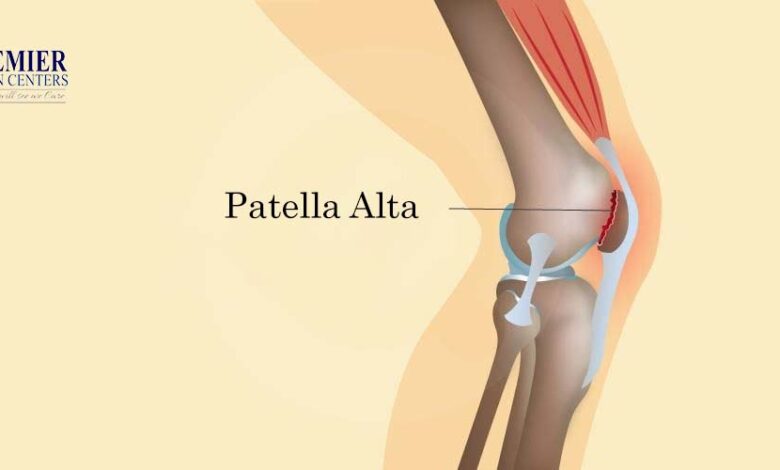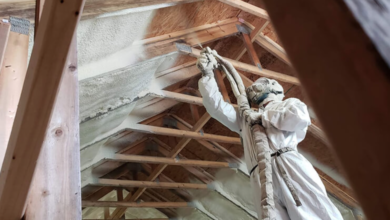Do You Have Patella Alta-High Riding Kneecap


Patella Alta, known as high riding patella, involves a disorder in which the kneecap resides higher above the thigh bone than normal. The knee faces less stability as an outcome, keeping it more sensitive to dislocation and front knee pain.
In most instances, patella alta is a genetic condition, yet it can additionally develop as a result of a knee concussion, including a damaged patellar tendon.
What is Patella Alta?
This is the disorder where an individual is born having a kneecap (patella) placed higher in the anterior of the knee as compared to the usual. They are most often ideal athletes who often do well in the high jump, basketball, and triple jump. The issue with patella alta involves the fact that the kneecap is very active from side to side and slips to the dislocation between sporting activities. As the patella has realigned several times it appears as recurrent dislocation and might be a prominent nuisance to the athlete individual affecting them to end up all sporting tasks. It has been the reason for the end of numerous basketball and football athletes’ careers, who face similar conditions. In some individuals the dislocation is partial and then referred to as subluxation of the patella.
In severe cases, the patient might be capable of disbalancing the patella willingly and they most often do it as a fancy trick. This is referred to as habitual dislocation. As the title suggests it might become a common habit. It is not cool because it still develops minor damage and might end in osteoarthritis for prolonged periods.
Why is Patella Alta a Problem?
The patella generally moves up and down the mid of the patellofemoral groove as the knee is turning and aligned. As the groove’s good depth limits the kneecap’s margin actions, the patella keeps still in place.
Moreover, there is lesser margin strength in the patella alta as the kneecap aligns higher as compared to normal in the shallower area of the groove. So, the patella faces the chance of being partially or fully dislocated as it pushes on each side over the low corner of the groove during knee flexion.
Patella alta might be the reason for almost 30% of recurrent patella dislocation instances. Patellofemoral ache, also called chondromalacia and anterior knee pain, are both issues that can happen from the subluxing or patella dislocating. Patella Alta additionally increases the risk of fat pad and knee arthritis or infrapatellar bursitis swelling.
What are the Symptoms of Patella Alta?
Various symptoms or show patella alta. Instability while having your step is an ideal indicator of an abnormal kneecap. For instance, if you sense instability while running or walking you might have patella alta. Pain observed in the kneecap might hint at conditions with the placement of your patella. Moreover, there are various other patellar issues in which you might experience the same sensation and placement of pain. The most usual sign of patella alta involves dislocation of the kneecap. The patella might bend up higher than usual which can push the knee outwards of its groove leading to a dislocation. If you feel a misaligned patella it might create extra patellar issues as it affects the cartilage to break down. This issue is famous as chondromalacia.
What Causes Patella Alta?
There is no definite explanation for the sources of patella alta. Since there are various potential choices.
- Damage to the patella might cause the kneecap pulling outwards of its socket ending in dislocation. The dislocation might develop a high-lifted kneecap.
- Some individuals may experience the condition from birth as a congenital defect. This disorder rises between the embryonic advancements of the individual.
- Tall individuals with a thin body type are more sensitive to patella alta. Other than patella alta, they are extra sensitive to any form of knee risks, including tracking conditions, patellofemoral ache syndrome, or quadricep tendonitis.
Medical Treatment
Patients having patella Alta might experience tibial tuberosity osteotomy. Using this technique, the patellar ligament’s joint undergoes displacement from the kneecap towards the tibia. The patella shifts downward as it joins this ligament. Patella Alta might affect the quadriceps angle to disturb; this realigns by shifting the patellar ligament’s bony joints inward.
After the procedure, certain things such as infection, knee joint hardness, nerve destruction, and recurring instability might happen. After the process, the patient might walk using crutches. Physical exercise and therapy after surgery can decrease pain and inflammation because this might impair the knee’s extent of motion. Physiotherapy will additionally enhance your muscle management. Almost three to six months might pass while you rehabilitate.
Conclusion
If you feel persistent aches in your knee, with or without instability, you must get checked out by pain physicians in Dallas. Various conditions result in anterior knee pain and show similar indications to patella alta. So, a comprehensive examination is necessary by pain management in Dallas to follow a customized treatment plan.









